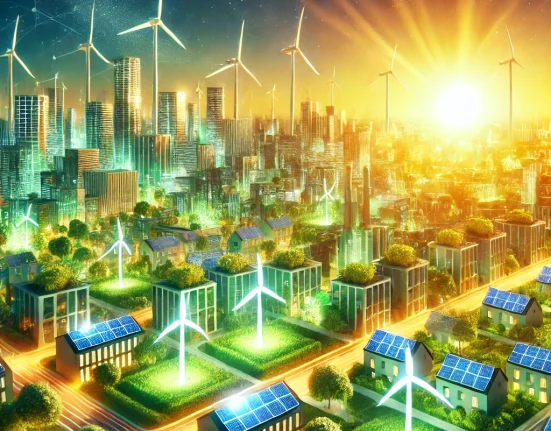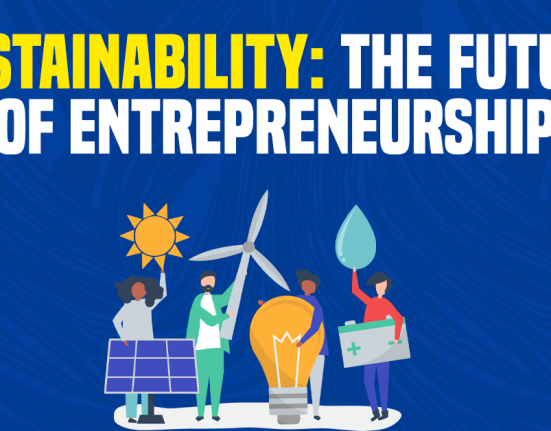As the world continues its pursuit of sustainable energy sources, researchers and innovators are constantly seeking breakthroughs that can drive us towards a greener and cleaner future. While solar, wind, and geothermal energy have made significant strides, there’s a new contender that holds immense promise: Hydrogen.
Often touted as the “fuel of the future,” hydrogen has the potential to revolutionize the way we generate, store, and use clean energy. In this blog post, we will explore the exciting possibilities and potential of hydrogen as the next big thing in clean energy.
1. Understanding Hydrogen as a Clean Energy Source
Hydrogen is the most abundant element in the universe, and when harnessed as an energy carrier, it emits no greenhouse gases or harmful pollutants. Unlike traditional fossil fuels, the combustion of hydrogen only produces water and heat, making it an incredibly attractive option for combatting climate change and reducing our carbon footprint.
2. Hydrogen Production: Green and Blue Solutions
To fully leverage hydrogen’s potential, we need to find sustainable ways to produce it. There are primarily two methods of hydrogen production:
a. Green Hydrogen: Produced through electrolysis, green hydrogen is created by using renewable energy sources, such as wind or solar power, to split water into hydrogen and oxygen. The process is emission-free, and the hydrogen can be stored for later use.
b. Blue Hydrogen: This method utilizes natural gas, but with carbon capture and storage (CCS) technology to mitigate carbon emissions. Although it is not entirely emissions-free, blue hydrogen is significantly cleaner than conventional hydrogen production from natural gas.
3. Hydrogen Storage and Transport
One of the challenges of integrating hydrogen into our energy infrastructure is storage and transportation. Hydrogen is a light and highly flammable gas, requiring specialized storage solutions. Current methods include high-pressure tanks, liquid hydrogen storage, and solid-state storage technologies. Innovations in this area are rapidly progressing, making hydrogen storage safer and more efficient.
Moreover, transporting hydrogen over long distances requires a robust infrastructure, similar to what exists for natural gas or oil pipelines. Developing a reliable hydrogen transportation network is essential for ensuring a widespread adoption of hydrogen as a clean energy source.
4. Hydrogen in Industry and Mobility
Hydrogen’s potential extends beyond electricity generation. It can play a pivotal role in decarbonizing heavy industries, such as steel, cement, and chemical production, where reducing emissions has been particularly challenging. By using hydrogen as a clean feedstock or energy source in these industries, we can significantly lower their environmental impact.
Additionally, hydrogen-powered fuel cells offer an exciting alternative for various transportation modes, including cars, buses, trucks, trains, and even ships. Fuel cell vehicles provide longer driving ranges and shorter refuelling times, making them a compelling contender in the push for zero-emission mobility.
5. Hydrogen Challenges and the Path Forward
Despite its tremendous potential, hydrogen still faces some challenges on its journey to becoming the next big thing in clean energy. Some of these challenges include high production costs, the need for infrastructure investments, and the energy efficiency of the production process.
To overcome these hurdles, collaboration between governments, industries, and academia is crucial. Governments can incentivize research and development, fund pilot projects, and create supportive policies. Industries can partner with research institutions to improve production processes, storage, and transportation solutions. Together, we can drive down costs and accelerate the adoption of hydrogen as a mainstream clean energy solution.
Conclusion
As the urgency to combat climate change intensifies, clean energy solutions like hydrogen offer a glimmer of hope. Its versatility and zero-emission nature make it a promising candidate for transforming our energy landscape. By investing in research, infrastructure, and international cooperation, we can unlock the full potential of hydrogen, unleashing a greener and more sustainable future for generations to come. The journey towards hydrogen-powered economies may be challenging, but it is undoubtedly an exciting path that holds immense promise for a cleaner and brighter world.
Read more: Driving a Sustainable Future: Clean Energy Innovations and the Global Decarbonization Scenario










Leave feedback about this